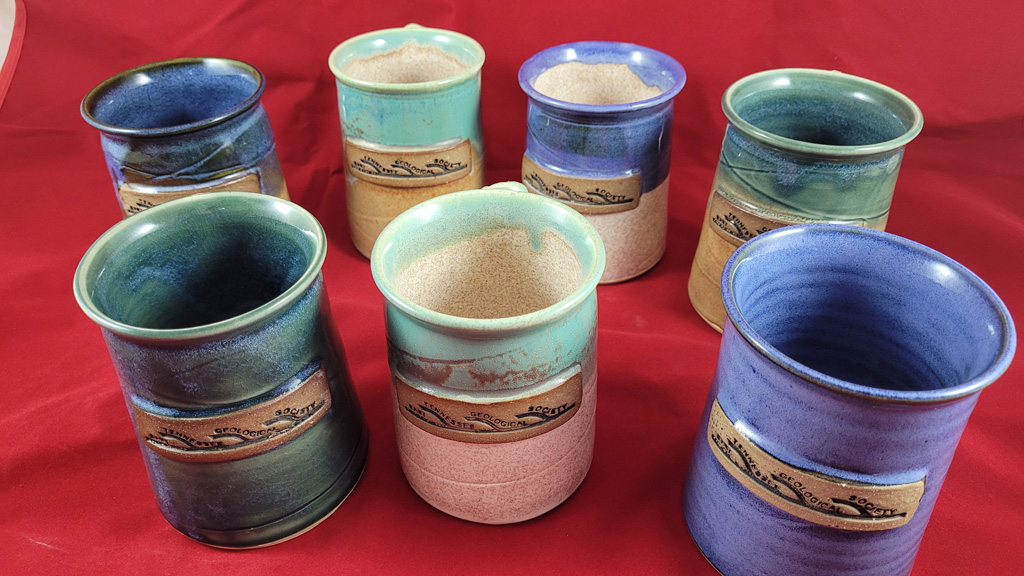EAST TENNESSEE GEOLOGICAL SOCIETY
January 2026 Virtual Meeting
Monday,
January 12, 2026
6:00 - 7:30 pm
Note: ETGS members will receive an email with info for logging into the meeting.
January Presentation
TBD
By
TBD
The abstract will be posted soon.
Biography
The speaker's bio will be posted shortly.
![]()
Greetings, and welcome to the January 12, 2026 ETGS
virtual meeting.
This meeting will be attended via Zoom and as a courtesy please mute your cell phone or the microphone in your laptop/tablet to minimize background noise and feedback echos. We will also make an effort to mute all participants - at least until the presentation is finished. Please use the chat feature to type any comments or questions you may have. We recommend that you send questions for the speaker to "everyone" so all participants can see the question. In the interest of time, we may hold the Q&A at the end of the presentation.
We will create a virtual attendance list. It is not always possible
to tell who is participating on-line, especially for those joining by phone,
so please email
etgs@live.com
to be listed on the attendance sheet. Let us know exactly how your
name should appear on the list. We will add a note explaining the
lack of signatures due to remote participation and have an ETGS officer sign as usual.
Thank you for your patience and understanding as we continue with this online
format. As always, we welcome and appreciate your feedback and
suggestions for improvement.
ETGS News:
-
New ETGS mugs are available! If you would like to purchase a mug, email etgs@live.com and include "ETGS Mug" in the subject line.
|
|
ETGS Coffee & Beer Mugs... |
 |
We look forward to seeing you at the next meeting.
ETGS is a volunteer organization. We need your help to
continue serving those interested in the geology of East
Tennessee and beyond. Please email us at
etgs@live.com
if you would consider assisting in one of the following open
positions. It is a great opportunity to expand your personal
and professional network.
President
Tony McClain
Vice
President
David Carlone
Secretary
J.
Brad Stephenson
Treasurer
Seaira Stephenson
Webmaster/Social Media Coordinator
Bob
Gelinas
|
Page updated November 10, 2025 |